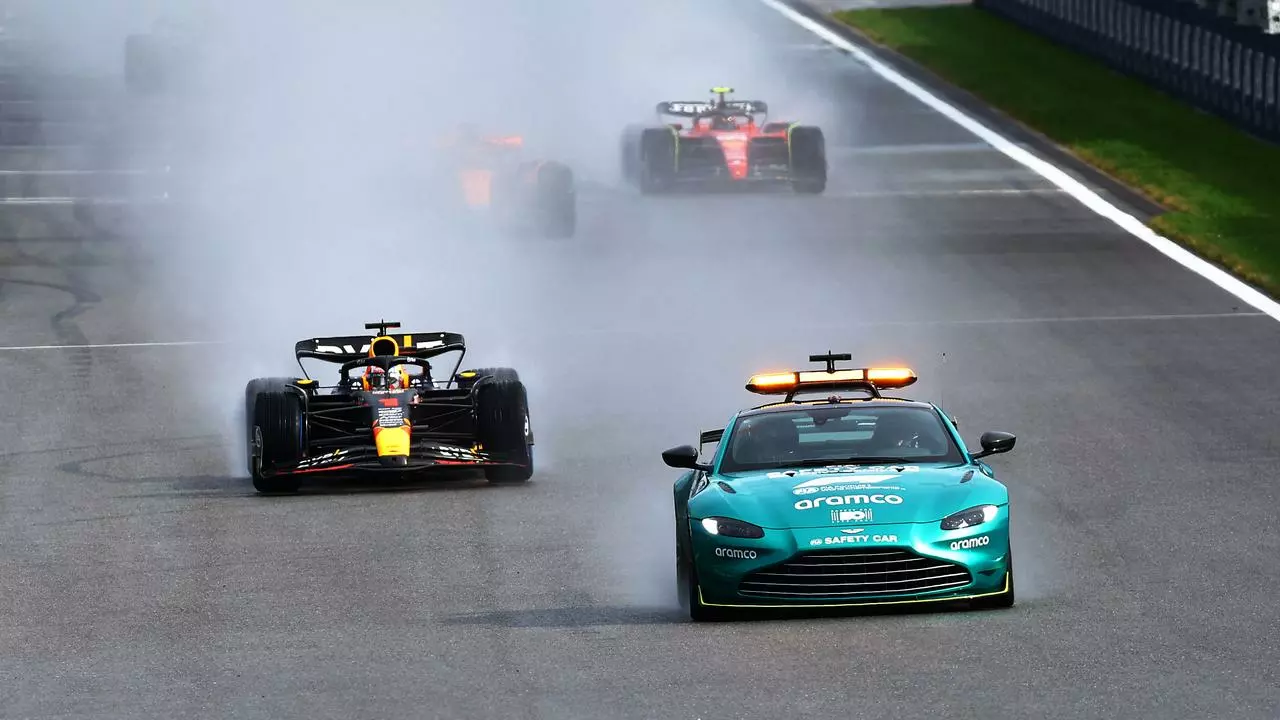If you hear the word "formula" and picture sleek cars screaming around a circuit, you’re thinking of formula racing. It’s the style of motorsport that mixes cutting‑edge tech, global glamour, and pure speed. Whether you’re a casual fan or an aspiring driver, knowing the basics helps you enjoy every lap.
Formula racing is a class of open‑wheel racing where each team follows a set of technical regulations – the “formula” – that dictate how the car must be built. The most famous example is Formula 1, often simply called F1. Other series, like Formula 2 and Formula 3, use the same rules but with less powerful cars, giving younger drivers a chance to learn before stepping up.
The formula covers everything from engine size to aerodynamics. Because the rules are strict, teams focus on tweaking tiny details for an edge. That’s why you see constant upgrades, new tyre compounds, and even rapid‑change pit stops.
Iconic tracks give formula racing its character. Think of the twisty streets of Monaco, the high‑speed straights at Monza, and the unpredictable weather at Silverstone. Each circuit tests a different skill – tight corners demand precision, long straights reward raw power, and changing conditions put strategy in the driver’s hands.
If you want to catch a race live, look for weekends when the F1 calendar lists a European round. Europe hosts the bulk of the classic venues, and the fan atmosphere there is unmatched – flags waving, pit crews hustling, and crowds chanting every lap.
Beyond Europe, tracks like the Circuit of the Americas in Texas and the Abu Dhabi Yas Marina circuit bring the sport to new fans. These newer venues often have state‑of‑the‑art facilities, making them ideal for modern broadcasting and fan experiences.
Formula racing isn’t just about the top tier. Formula 2 and Formula 3 races run on the same weekends, giving you a chance to see future stars in action. Many drivers who dominate F1 today, like Charles Leclerc and Lando Norris, cut their teeth in those lower formulas.
So why does F1 outshine MotoGP in popularity? The answer lies in its global brand reach, massive sponsorship deals, and the drama of team politics. F1 races draw over 500 million viewers worldwide, while MotoGP’s audience, though passionate, remains smaller. The flashy liveries, celebrity owners, and high‑tech hype make F1 a cultural phenomenon as much as a sport.
If you’re wondering where to start a racing career in Europe, Germany is a top pick. It hosts the Nürburgring and Hockenheimring, offers world‑class driving schools, and has a deep motorsport heritage. The country’s clubs and scholarships can help a young driver move up the formula ladder.
Curious about non‑American drivers breaking into NASCAR? It’s doable. As long as you have skill, the right licences, and the willingness to adapt to stock‑car formats, the nationality barrier isn’t a blocker.
All in all, formula racing delivers speed, strategy, and a sense of community that few other sports can match. From the roar of the engines to the split‑second decisions in the pit lane, every element keeps fans coming back for more. Grab a seat, follow the calendar, and you’ll quickly understand why this sport sits at the top of the motorsport world.

Oh, buckle up, speed-lovers! Formula racing is a world that's more diverse than you might think! It's not just about Formula 1, oh no, there are actually several different types of formula racing out there, each with its own unique thrills. So, if you're counting, we've got Formula 1, Formula 2, Formula 3, Formula 4, and even Formula E (for the electric enthusiasts)! It's like a never-ending ice cream shop of speed, each scoop more exhilarating than the last! Vroom vroom!